Kubernetes Security And Networking 4: Helpful Tips To Secure The API Server – Video
In the previous video, Michael Levan walked through some security essentials for protecting worker nodes in a Kubernetes cluster. In this video he focuses on essential protections for the API server. He looks at security benchmarks from CIS, using Kubescape for security scanning, and how to integrate the two. Michael Levan hosts the “Kubernetes Unpacked” […]
The post Kubernetes Security And Networking 4: Helpful Tips To Secure The API Server – Video appeared first on Packet Pushers.
Chatbot Attack Vectors And Failure Modes In Networking And IT
With the release of ChatGPT as a product, Microsoft brought Machine Learning (ML) and Artificial Intelligence (AI) back into focus for millions of users—including network operators, coders, and other folks in information technology. People are once against asking if this technology will make them redundant or how it might change their day-to-day jobs. As always, […]
The post Chatbot Attack Vectors And Failure Modes In Networking And IT appeared first on Packet Pushers.
Response: SolarWinds and Market Incentives – Schneier on Security
 Security compliance needs the same process as cars ?
Security compliance needs the same process as cars ?
Cloudflare mitigates record-breaking 71 million request-per-second DDoS attack


This was a weekend of record-breaking DDoS attacks. Over the weekend, Cloudflare detected and mitigated dozens of hyper-volumetric DDoS attacks. The majority of attacks peaked in the ballpark of 50-70 million requests per second (rps) with the largest exceeding 71 million rps. This is the largest reported HTTP DDoS attack on record, more than 35% higher than the previous reported record of 46M rps in June 2022.
The attacks were HTTP/2-based and targeted websites protected by Cloudflare. They originated from over 30,000 IP addresses. Some of the attacked websites included a popular gaming provider, cryptocurrency companies, hosting providers, and cloud computing platforms. The attacks originated from numerous cloud providers, and we have been working with them to crack down on the botnet.
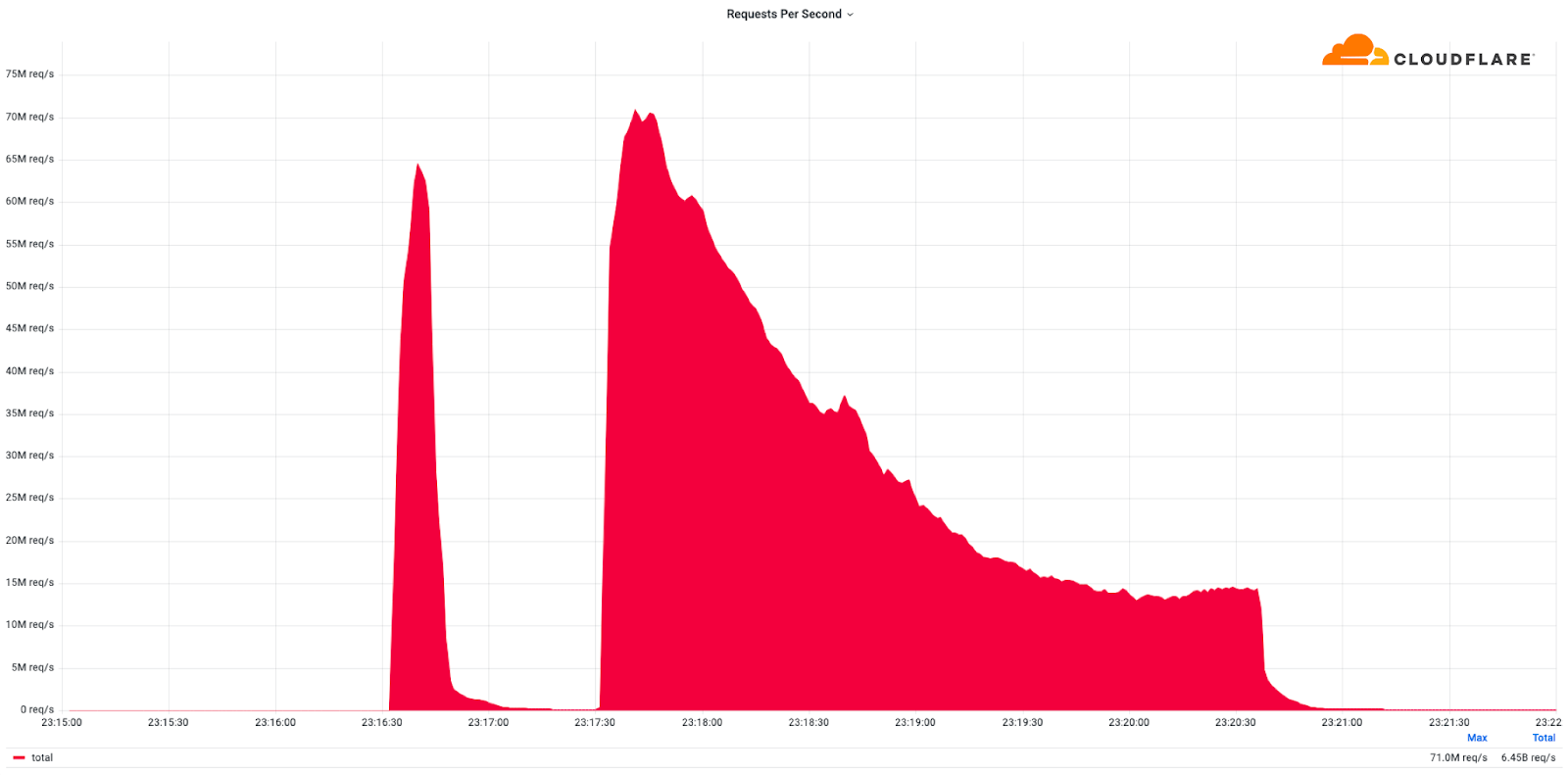
Over the past year, we’ve seen more attacks originate from cloud computing providers. For this reason, we will be providing service providers that own their own autonomous system a free Botnet threat feed. The feed will provide service providers threat intelligence about their own IP space; attacks originating from within their autonomous system. Service providers that operate their own IP space can now sign up to the Continue reading
Fortinet Announces A New System on Chip (SoC) For Its Firewall Appliances
Fortinet has announced new chip hardware, the SP5, to power FortiGate firewall appliances for entry-level and medium-size customers that need firewalls at campus, branch, and edge locations. Fortinet is positioning this chip as a high-performance, energy-efficient option compared to security devices using off-the-shelf CPUs. Fortinet has long developed its own ASICs and has three hardware […]
The post Fortinet Announces A New System on Chip (SoC) For Its Firewall Appliances appeared first on Packet Pushers.
Cloudflare’s handling of a bug in interpreting IPv4-mapped IPv6 addresses


In November 2022, our bug bounty program received a critical and very interesting report. The report stated that certain types of DNS records could be used to bypass some of our network policies and connect to ports on the loopback address (e.g. 127.0.0.1) of our servers. This post will explain how we dealt with the report, how we fixed the bug, and the outcome of our internal investigation to see if the vulnerability had been previously exploited.
RFC 4291 defines ways to embed an IPv4 address into IPv6 addresses. One of the methods defined in the RFC is to use IPv4-mapped IPv6 addresses, that have the following format:
| 80 bits | 16 | 32 bits |
+--------------------------------------+--------------------------+
|0000..............................0000|FFFF| IPv4 address |
+--------------------------------------+----+---------------------+
In IPv6 notation, the corresponding mapping for 127.0.0.1 is ::ffff:127.0.0.1 (RFC 4038)
The researcher was able to use DNS entries based on mapped addresses to bypass some of our controls and access ports on the loopback address or non-routable IPs.
This vulnerability was reported on November 27 to our bug bounty program. Our Security Incident Response Team (SIRT) was contacted, and incident response activities Continue reading
C can be memory-safe
The idea of memory-safe languages is in the news lately. C/C++ is famous for being the world's system language (that runs most things) but also infamous for being unsafe. Many want to solve this by hard-forking the world's system code, either by changing C/C++ into something that's memory-safe, or rewriting everything in Rust.
Forking is a foolish idea. The core principle of computer-science is that we need to live with legacy, not abandon it.
And there's no need. Modern C compilers already have the ability to be memory-safe, we just need to make minor -- and compatible -- changes to turn it on. Instead of a hard-fork that abandons legacy system, this would be a soft-fork that enables memory-safety for new systems.
Consider the most recent memory-safety flaw in OpenSSL. They fixed it by first adding a memory-bounds, then putting every access to the memory behind a macro PUSHC() that checks the memory-bounds:
A better (but currently hypothetical) fix would be something like the following:ARP Spoofing Attack with Scapy
When an IP packet is sent from one host to another in a local area […]
The post ARP Spoofing Attack with Scapy first appeared on Brezular's Blog.
CVE-2022-47929: traffic control noqueue no problem?
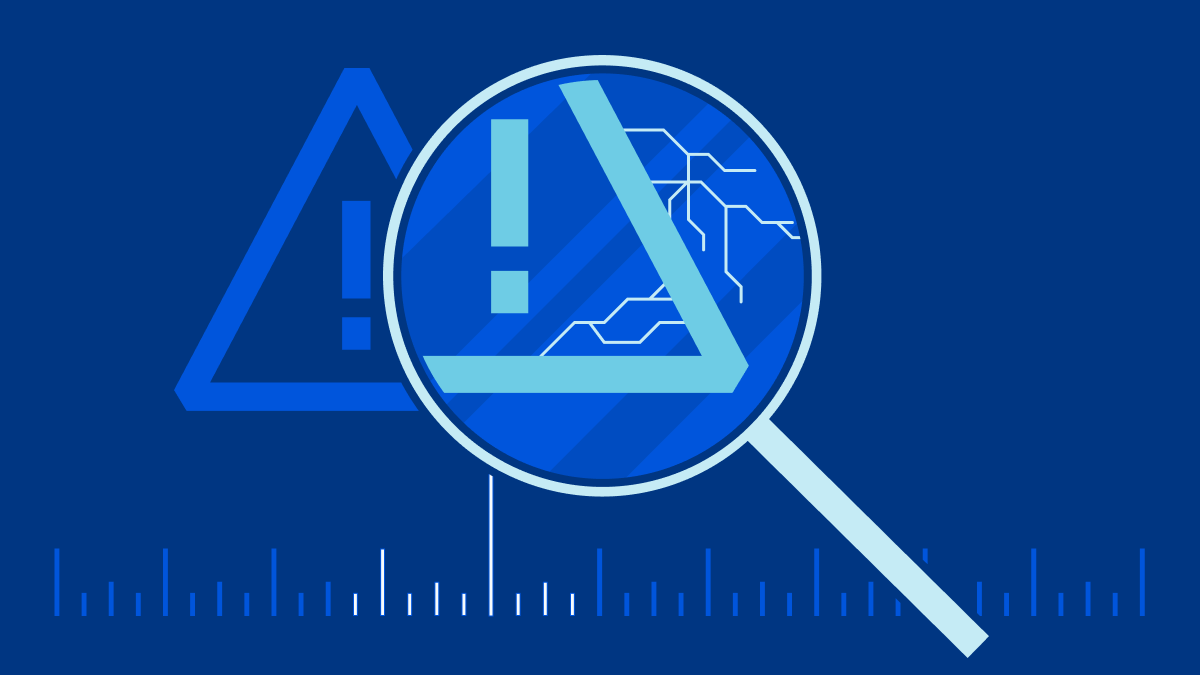
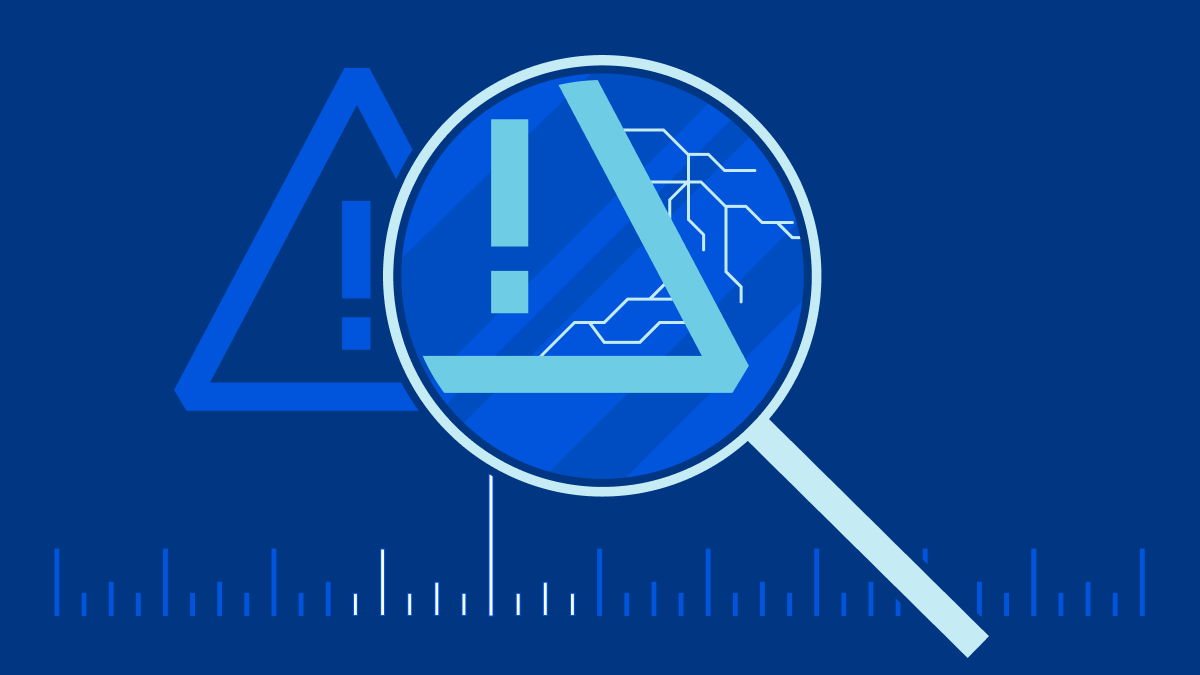
USER namespaces power the functionality of our favorite tools such as docker, podman, and kubernetes. We wrote about Linux namespaces back in June and explained them like this:
Most of the namespaces are uncontroversial, like the UTS namespace which allows the host system to hide its hostname and time. Others are complex but straightforward - NET and NS (mount) namespaces are known to be hard to wrap your head around. Finally, there is this very special, very curious USER namespace. USER namespace is special since it allows the - typically unprivileged owner to operate as "root" inside it. It's a foundation to having tools like Docker to not operate as true root, and things like rootless containers.
Due to its nature, allowing unprivileged users access to USER namespace always carried a great security risk. With its help the unprivileged user can in fact run code that typically requires root. This code is often under-tested and buggy. Today we will look into one such case where USER namespaces are leveraged to exploit a kernel bug that can result in an unprivileged denial of service attack.
Enter Linux Traffic Control queue disciplines
In 2019, we were exploring leveraging Linux Traffic Control's queue Continue reading
MacOS Ventura 13.1 Breaks Wireshark
If you recently updated your Mac to Ventura 13.1 or 13.2, and you had installed Wireshark previously, then you may be having some trouble. If you open Wireshark, you will likey see the message “You don’t have permission to capture on local interfaces” and “You can fix this by installing ChmodBPF“. Even after installing this […]
The post MacOS Ventura 13.1 Breaks Wireshark appeared first on Packet Pushers.
Hiding Malicious Packets Behind LLC SNAP Header
A random tweet1 pointed me to Vulnerability Note VU#855201 that documents four vulnerabilities exploiting a weird combination of LLC and VLAN headers can bypass layer-2 security on most network devices.
The security researcher who found the vulnerability also provided an excellent in-depth description focused on the way operating systems like Linux and Windows handle LLC-encapsulated IP packets. Here’s the CliffNotes version focused more on the hardware switches. Even though I tried to keep it simple, you might want to read the History of Ethernet Encapsulation before moving on.
Hiding Malicious Packets Behind LLC SNAP Header
A random tweet1 pointed me to Vulnerability Note VU#855201 that documents four vulnerabilities exploiting a weird combination of LLC and VLAN headers can bypass layer-2 security on most network devices.
The security researcher who found the vulnerability also provided an excellent in-depth description focused on the way operating systems like Linux and Windows handle LLC-encapsulated IP packets. Here’s the CliffNotes version focused more on the hardware switches. Even though I tried to keep it simple, you might want to read the History of Ethernet Encapsulation before moving on.
I’m still bitter about Slammer
Today is the 20th anniversary of the Slammer worm. I'm still angry over it, so I thought I'd write up my anger. This post will be of interest to nobody, it's just me venting my bitterness and get off my lawn!!
Back in the day, I wrote "BlackICE", an intrusion detection and prevention system that ran as both a desktop version and a network appliance. Most cybersec people from that time remember it as the desktop version, but the bulk of our sales came from the network appliance.
The network appliance competed against other IDSs at the time, such as Snort, an open-source product. For much the cybersec industry, IDS was Snort -- they had no knowledge of how intrusion-detection would work other than this product, because it was open-source.
My intrusion-detection technology was radically different. The thing that makes me angry is that I couldn't explain the differences to the community because they weren't technical enough.
When Slammer hit, Snort and Snort-like products failed. Mine succeeded extremely well. Yet, I didn't get the credit for this.
The first difference is that I used a custom poll-mode driver instead of interrupts. This the now the norm in the industry, such Continue reading
Investing in security to protect data privacy


If you’ve made it to 2023 without ever receiving a notice that your personal information was compromised in a security breach, consider yourself lucky. In a best case scenario, bad actors only got your email address and name – information that won’t cause you a huge amount of harm. Or in a worst-case scenario, maybe your profile on a dating app was breached and intimate details of your personal life were exposed publicly, with life-changing impacts. But there are also more hidden, insidious ways that your personal data can be exploited. For example, most of us use an Internet Service Provider (ISP) to connect to the Internet. Some of those ISPs are collecting information about your Internet viewing habits, your search histories, your location, etc. – all of which can impact the privacy of your personal information as you are targeted with ads based on your online habits.
You also probably haven’t made it to 2023 without hearing at least something about Internet privacy laws around the globe. In some jurisdictions, lawmakers are driven by a recognition that the right to privacy is a fundamental human right. In other locations, lawmakers are passing laws to address the harms their citizens Continue reading
Armed to Boot: an enhancement to Arm’s Secure Boot chain
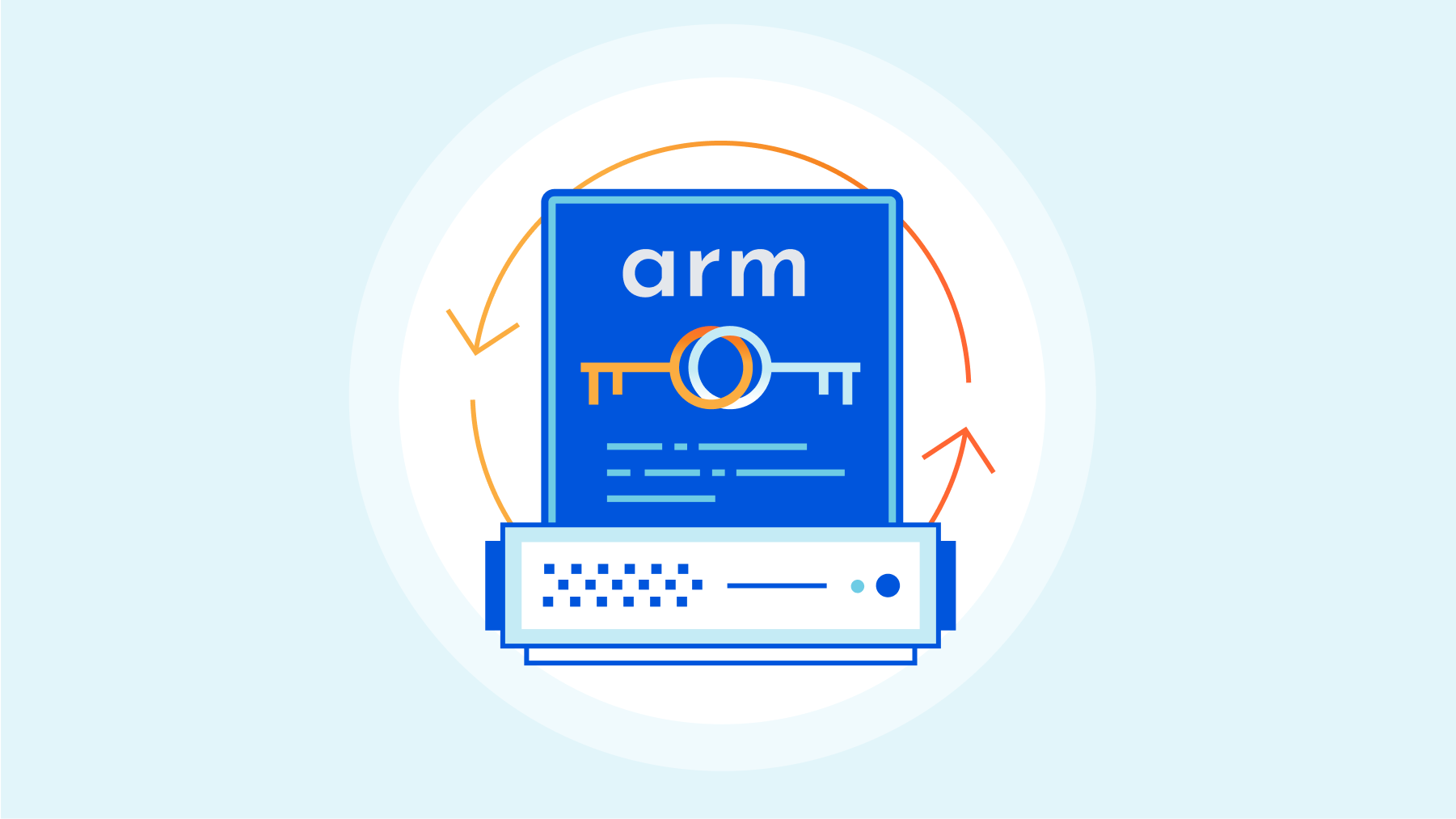
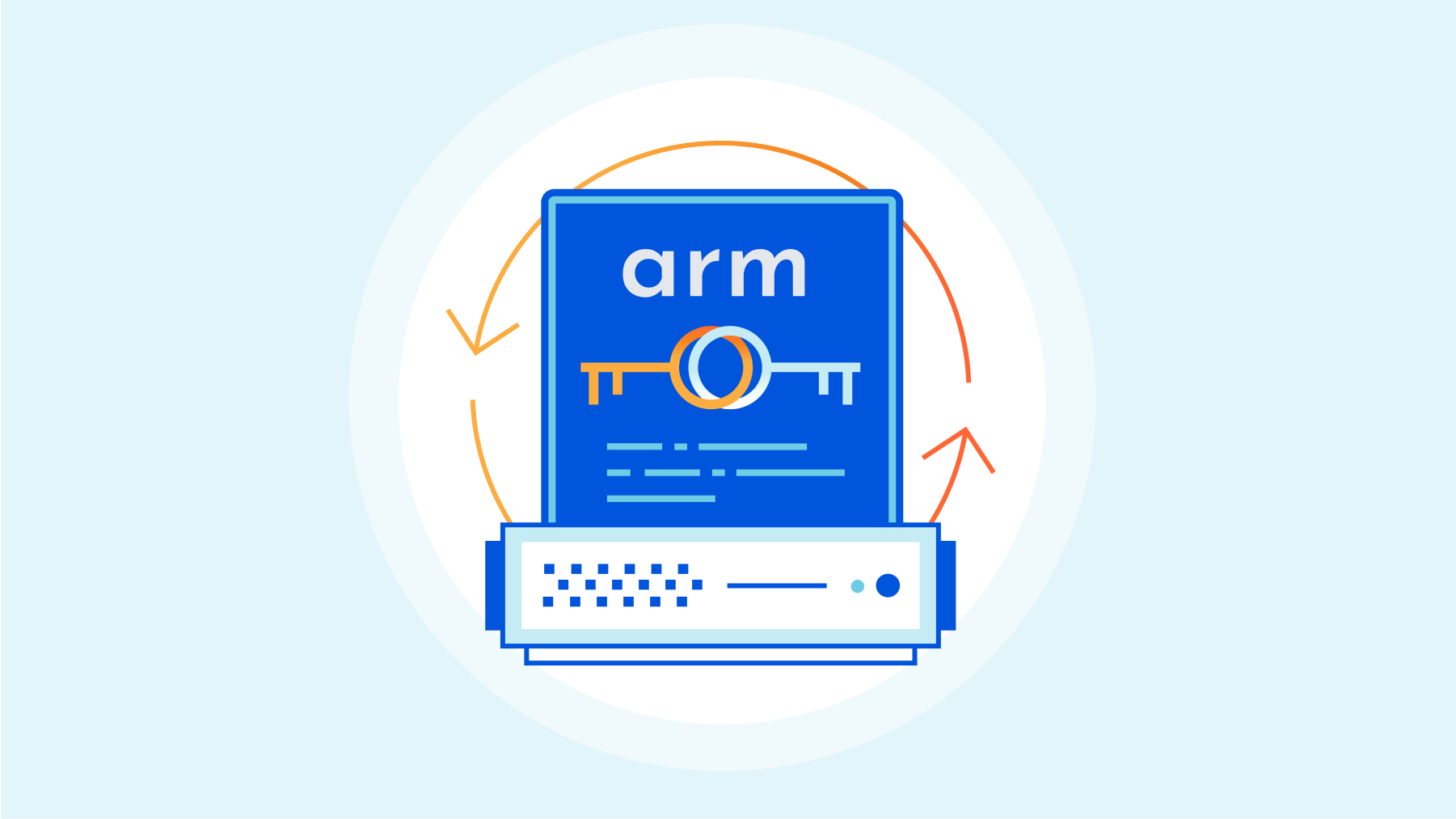
Over the last few years, there has been a rise in the number of attacks that affect how a computer boots. Most modern computers use a specification called Unified Extensible Firmware Interface (UEFI) that defines a software interface between an operating system (e.g. Windows) and platform firmware (e.g. disk drives, video cards). There are security mechanisms built into UEFI that ensure that platform firmware can be cryptographically validated and boot securely through an application called a bootloader. This firmware is stored in non-volatile SPI flash memory on the motherboard, so it persists on the system even if the operating system is reinstalled and drives are replaced.
This creates a ‘trust anchor’ used to validate each stage of the boot process, but, unfortunately, this trust anchor is also a target for attack. In these UEFI attacks, malicious actions are loaded onto a compromised device early in the boot process. This means that malware can change configuration data, establish persistence by ‘implanting’ itself, and can bypass security measures that are only loaded at the operating system stage. So, while UEFI-anchored secure boot protects the bootloader from bootloader attacks, it does not protect the UEFI firmware itself.
Kubernetes Security And Networking 2: Getting Started With Role-Based Access Control (RBAC) – Video
Role-Based Access Control, or RBAC, lets you set permissions around who can access a system and at what level. RBAC is basic, but essential, security function. This video looks at RBAC for Kubernetes from two perspectives: in native Kubernetes and in platforms such as Azure Active Directory. Host Michael Levan brings his background in system […]
The post Kubernetes Security And Networking 2: Getting Started With Role-Based Access Control (RBAC) – Video appeared first on Packet Pushers.
